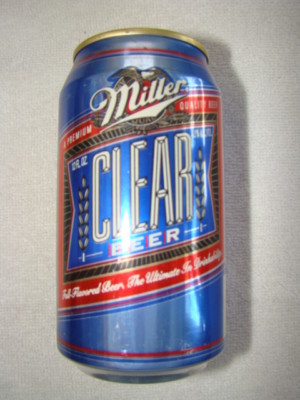I spend a massive amount of time thinking about beer. I’m always reading beer articles, beer blogs, beer reviews, and beer related tweets. About a week ago I joined twitter and I’ve been beer tweeting ever since. My favorite online beer community is Beerit, the beer focused subcategory on Reddit.com. A lot of the posts on Beerit are to share about what the other readers are drinking and posted pictures of the latest liquor store haul. Lately, there have been several posts featuring Rogue Brewing Co.’s Dead Guy Ale. I’d never tried it before, so I was interested in picking up a bottle.
 |
| I like this little guy |
Rogue Brewing is produced in Newport, Oregon and distributed to 21 different countries. They operate 2 brewpubs in Oregon and Washington, and they also operate 9 different restaurants in the Western U.S. Needless to say, Rogue has a large sphere of influence and is an easily accessible craft brew. One of their most famous beers, Dead Guy Ale, is a German style Maibock which is very similar to a traditional Bock with a stronger hop note. Like many Rogue brews, Dead Guy is fermented using a special yeast strain. It’s called Pacman Yeast, and it was created by their brewmaster John “more hops” Maier. The lengths these brewers go to, to create something great and original, are just amazing to me. It’s yet another example of the American craft brewery spirit of experimentation and progression, strengthening the idea that America is now host to the world’s most vibrant beer culture.
 |
| Cheers, John! |
This specific bomber of Dead Guy poured a strong 2 finger head with about a half finger of retention. The color was deep amber, with a sort of an orange tint. The beer left a bit of light lacing.
 Dead Guy smelled like rich caramelized grain, browned and sweet. A bit of light hops in the aroma also.
Dead Guy smelled like rich caramelized grain, browned and sweet. A bit of light hops in the aroma also.This beer tasted heavenly. First, the malt was very sweet with just a slight fresh baked bread note. Then, hops balanced this beer exceptionally well with a bit of light citrus oil. This is by far one of the best compliments I’ve ever had. On the swallow, this beer finished crisp, almost like a lager. It had a lighter body than a Bock with all of the malt taste, and the hops were an awesome addition.
I’d rate Rogue Brewing Co.’s Dead Guy Ale 5 out of 5. I was wondering when I’d find another beer that felt comfortable rating a perfect score on my informal ranking system, and this was definitely the beer. After about 5 drinks I was speechless, this brew was phenomenal. Being a Texan, I grew up on Shiner, so I’ve grown to love the Bock beer style. This beer just gave me another reason.











.jpg)
























